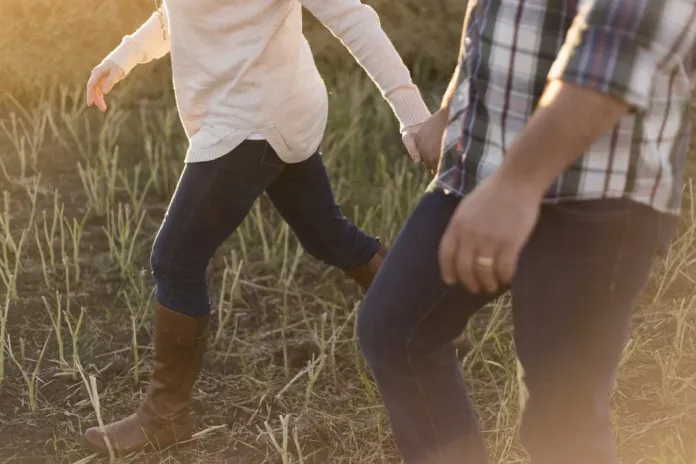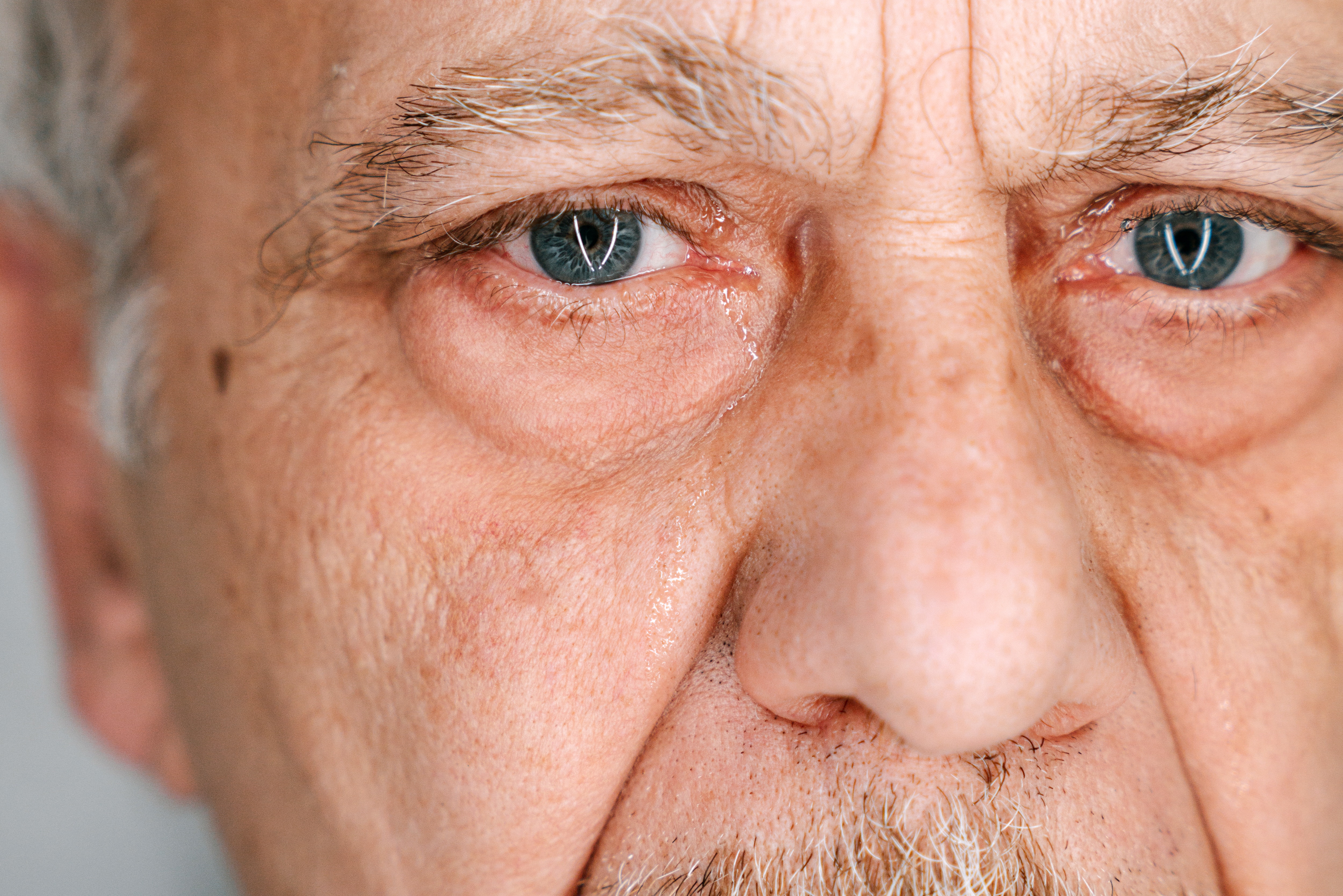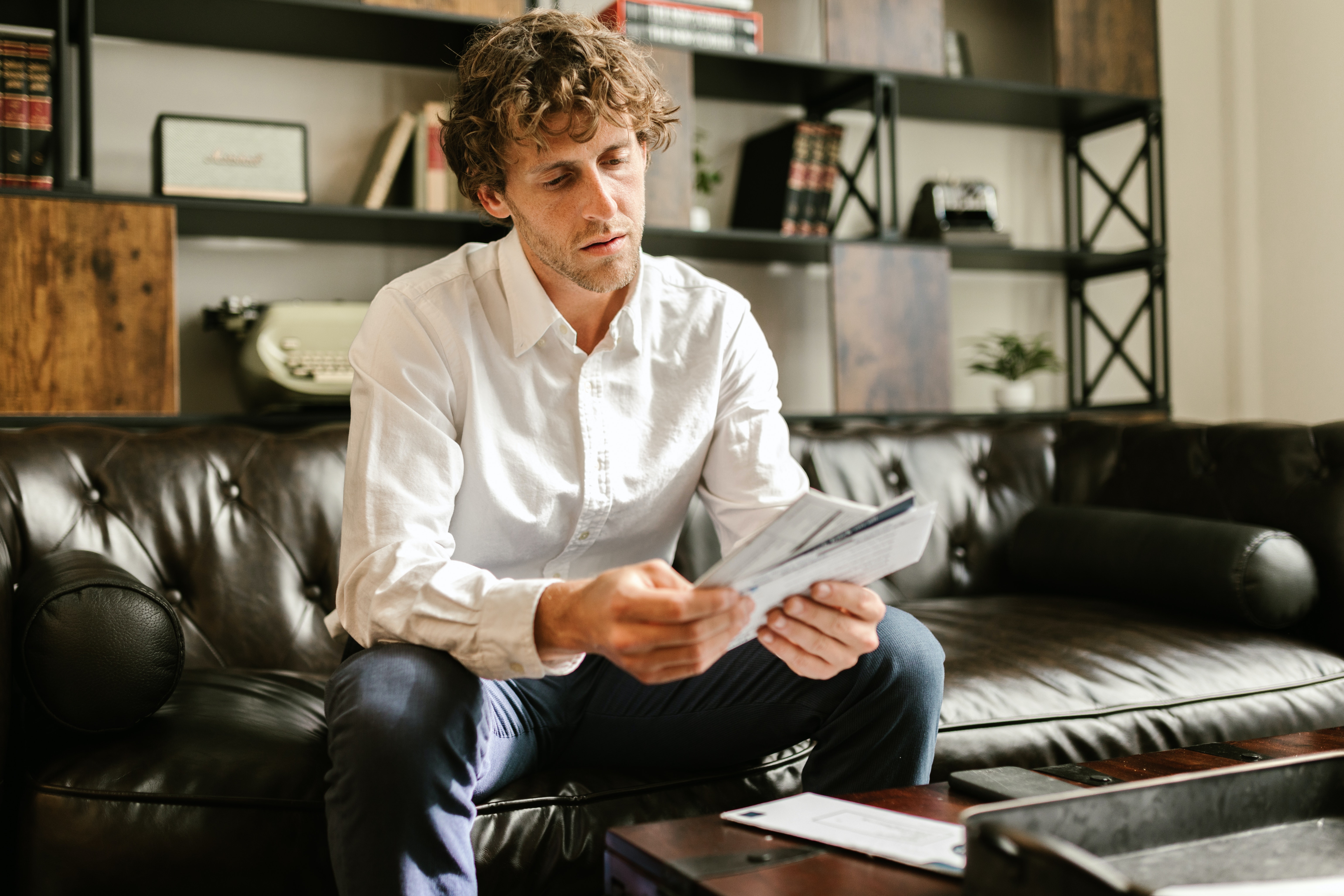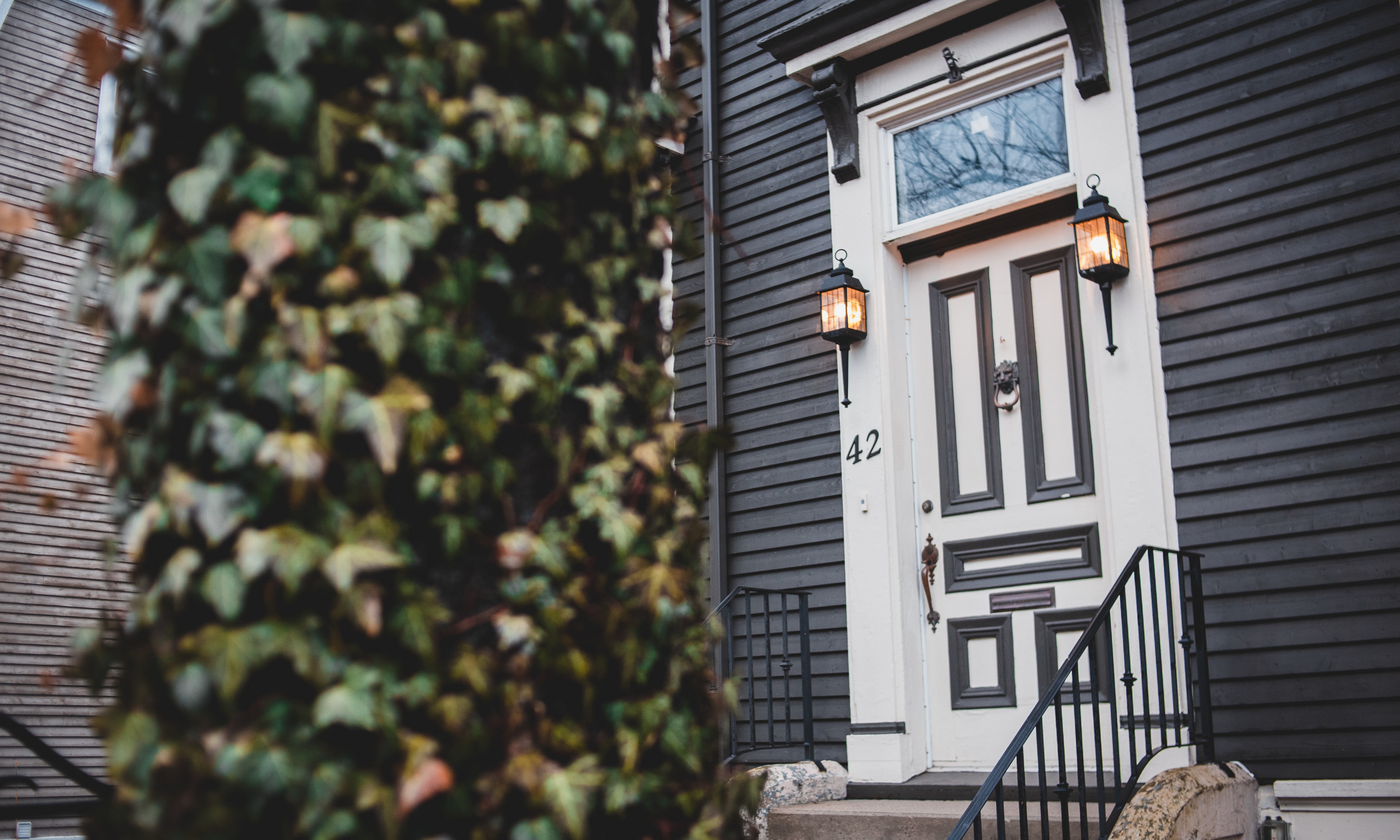Walking is one of the easiest yet most effective forms of exercise. Almost anyone can do it, and it offers numerous health benefits. Whether it’s a quick 10-minute walk or hitting 10,000 steps a day, getting outside and moving can significantly improve your overall health. Here are 15 ways daily walking benefits your body, based on expert insights:
1. Boosts Mood and Reduces Stress

Walking has been proven to enhance mood. Even a short 10-minute walk can lift your spirits, reduce feelings of anger, and alleviate symptoms of depression. Walking in nature enhances these effects, helping calm your nervous system and lower stress levels. Walking with friends or loved ones strengthens social bonds, further boosting happiness and reducing loneliness.
2. Increases Calorie Burn and Helps Maintain a Healthy Weight

Daily walks can aid in weight management by burning calories and boosting metabolism. Interval walking, alternating between brisk and leisurely paces, is especially effective for burning calories and reducing body fat, particularly around the abdomen. Walking uphill or choosing varied routes can enhance these benefits.
3. Improves Heart Health
Regular walking helps lower blood pressure and reduces the risk of heart disease and stroke. For every 1,000 steps, systolic blood pressure may drop by 0.45 points. Studies show that consistent walking can reduce the risk of cardiovascular events by up to 30% when done according to physical activity guidelines.
4. Reduces the Risk of Chronic Diseases

Research shows that walking can lower the risk of chronic conditions like type 2 diabetes, hypertension, and obesity. A 2022 study found that walking 8,200 steps daily reduces the risk of diseases such as major depressive disorder and GERD. Even short post-meal walks help regulate blood sugar, preventing type 2 diabetes.
5. Improves Sleep Quality
Consistent walking can improve the quality of sleep and help you fall asleep faster. Walking boosts melatonin production, the hormone responsible for regulating sleep. Many postmenopausal women and others who walk daily report better sleep quality compared to those who lead sedentary lifestyles.
6. Enhances Cognitive Function and Memory
Walking enhances cognitive abilities, particularly in older adults. Studies indicate that brisk walking for an hour, three times a week, improves brain function related to decision-making. Increased blood flow to the brain during exercise is believed to boost memory and protect against cognitive decline.
7. Relieves Joint Pain
Walking helps ease joint pain by improving circulation and lubricating the joints. It’s particularly beneficial for individuals with arthritis, as it promotes mobility and reduces discomfort.
8. Slows the Development of Varicose Veins
Regular walking strengthens the circulatory system, which helps prevent the formation and worsening of varicose veins by improving blood flow in the legs.
9. Improves Digestive Health
Walking stimulates the core and abdominal muscles, aiding digestion. It promotes the movement of food through the digestive tract and can relieve bloating and constipation. Many doctors recommend walking post-surgery to help with recovery and digestion.
10. Strengthens the Immune System
Daily walking boosts your immune system by increasing the circulation of immune cells, which helps your body fight off infections and illnesses more effectively.
11. Strengthens Bones and Prevents Bone Loss
Walking helps maintain bone density, reducing the risk of osteoporosis and fractures. Studies show that walking for at least 30 minutes a day can slow bone loss, particularly in postmenopausal women.
12. Sparks Creativity
Walking has been linked to increased creativity. Studies suggest that walking, particularly in nature, can enhance creative thinking and problem-solving abilities by clearing the mind and reducing mental fatigue.
13. Encourages Other Healthy Habits
Establishing a daily walking routine often leads to the development of other healthy habits. The sense of accomplishment from walking regularly can motivate you to set and achieve other health goals, such as eating better or trying new exercises.
14. Promotes Healthy Aging
Walking not only improves current health but also supports healthy aging. Studies show that even moderate physical activity can reduce the risk of mortality by up to 31% in those who meet physical activity recommendations. Faster walking speeds are associated with even greater reductions in mortality risk.
15. Extends Lifespan
Research indicates that regular walking can contribute to a longer life. By improving cardiovascular health, maintaining a healthy weight, and reducing the risk of chronic diseases, walking can help you live a longer, healthier life.
Conclusion
Walking is a simple and accessible way to improve your physical and mental health. From enhancing brain function to reducing the risk of chronic diseases, it offers a wide range of benefits that can help you lead a longer, healthier life.
Pai envia carta semanal ao filho há anos sem resposta e, de repente, recebe foto dele – História do Dia

James escreve cartas para o filho, com quem está afastado, mas não recebe resposta há anos. Um dia, seu filho Andrew envia uma foto com uma mensagem exigindo que James pare de tentar contato. Incapaz de se conter, James dirige até a casa do filho para encontrá-lo, apenas para descobrir que Andrew pode não viver muito.
James estava inquieto. Mais uma vez, foi uma tentativa inútil. James suspirou profundamente enquanto lambia o selo e o colava no envelope endereçado ao seu filho Andrew.
Eles estavam afastados desde o funeral da falecida esposa de James. Apesar das tentativas de James de consertar o relacionamento fraturado com o filho, Andrew rejeitou todos os seus esforços.
Naquele dia, James recolheu as pilhas de contas da sua caixa de correio e recostou-se, jogando os envelopes na mesa de centro. Foi então que uma carta em particular chamou sua atenção, e seu coração disparou…

Apenas para fins ilustrativos | Fonte: Unsplash
Esfregando os olhos, James rasgou o envelope e tirou uma Polaroid.
“ANDREW!”, sussurrou James com um profundo sentimento ao ver Andrew sorrindo para a câmera, com um braço em volta da esposa. Seus dois filhinhos estavam orgulhosos, exibindo seus melhores sorrisos.
Os olhos de James ficaram marejados e ele esperava que seu filho finalmente o tivesse perdoado.
Mas quando ele virou a foto, na esperança de ver uma mensagem carinhosa do filho, viu outra coisa. Algo que fez seu rosto ficar vermelho.
“James, você nunca fará parte desta família. Pare de me enviar cartas. E em breve, ninguém estará aqui para recebê-las neste endereço.”

Apenas para fins ilustrativos | Fonte: Pexels
“O quê? Eles estão se mudando para algum lugar?”, pensou James imediatamente.
Vários pensamentos o assombravam. Andrew havia entrado em contato com ele após anos sem contato. James suspeitava que ainda faltava algo no contexto geral e decidiu conhecer o filho.
Andrew morava a oito horas de carro de distância, e James estava pronto para fazer essa viagem.
No dia seguinte, James estava dirigindo na estrada. Longas viagens oferecem uma chance de refletir sobre tudo o que aconteceu no passado. A verdade é que ele jamais poderia culpar Andrew por cortar todo o contato. A culpa era de James.

Apenas para fins ilustrativos | Fonte: Pixabay
Dez anos atrás…
“Que diabos está acontecendo aqui?” Um grito assustou James, que estava totalmente focado… nos seios de uma mulher.
Com o coração acelerado, James pulou da cama e puxou as calças, aproximando-se rapidamente de um Andrew furioso na porta.
“Andy, filho, não é o que você pensa… Eu… eu só estava…” James gaguejou. “Eu posso explicar.”
“EXPLICA O QUÊ?? Que você está na cama da mamãe… abraçado com a sua secretária?” Andrew latiu e saiu furioso, seguido por James, com o rosto vermelho de vergonha.
“Filho, por favor, não conte para sua mãe. Sinto muito”, ele implorou.
“Não vou contar para a mamãe que você esteve aqui, transando com a sua secretária enquanto a mamãe apodrecia na cama do hospital”, Andrew fervia. “Nunca vou contar para ela que o marido dela é um pedaço de m—”

Apenas para fins ilustrativos | Fonte: Unsplash
“Andy, me desculpe. Eu… eu só estava…” James se apressou em se desculpar, incapaz de encarar Andrew.
“Saia da minha frente!” Andrew se irritou. “Quero que você vá até a mamãe… e fique ao lado dela. Você vai segurar a mão dela e dizer como ela era maravilhosa. E isso fica entre nós.”
O tempo pareceu pregar uma peça cruel em Andrew, que perdeu a mãe, Vivienne, três meses depois. Assim que os médicos declararam seu falecimento, Andrew expulsou o pai da enfermaria.
“Eu cuido disso…te vejo no funeral”, ele sibilou.
Andrew fez um lindo elogio fúnebre à sua falecida mãe, e suas palavras levaram James e outros convidados às lágrimas.

Apenas para fins ilustrativos | Fonte: Pexels
Isso arrasou James, e ele não conseguia acreditar na tolice que cometera ao começar um caso com a secretária quando a esposa estava mais vulnerável. Seu único consolo era que a falecida esposa nunca soube do seu caso, e James prometeu se redimir com o filho.
Entretanto, depois que o funeral terminou e os convidados foram embora, Andrew se aproximou do pai com uma expressão fria, o que gerou tensão em James.
“Você nunca mais me verá!” declarou Andrew.
“Andy, por favor… não. Por favor, não faça isso comigo. Por favor, me dê uma chance”, implorou James.
Mas Andrew foi embora e foi embora enquanto James o observava desaparecer do lado de fora do portão do cemitério.

Apenas para fins ilustrativos | Fonte: Pexels
Uma buzina alta interrompeu os pensamentos de James quando ele parou em frente à casa de Andrew e bateu na porta.
“Sr. Carson?”, uma mulher atendeu à porta. Era a esposa de Andrew, que rapidamente reconheceu James, embora nunca tivessem se conhecido antes. Ela o vira em fotos antigas de família.
“Você é a esposa do Andrew, certo?”, perguntou James. “Posso ver meu filho, por favor?”
“Sim, sou Ashley… por favor, entre”, respondeu a mulher. “Receio que você não possa conhecer Andrew. Ele não está aqui.”
“Por favor, querida… quero ver meu filho e falar com ele pessoalmente”, disse James, com desespero transbordando em seus olhos.
“Sr. Carson, não estou mentindo. Andrew não está aqui.”
“Ah, onde ele está então? No trabalho?”
“Não… ele está no… hospital”, Ashley revelou, e sua revelação atingiu James como um saco de tijolos.

Apenas para fins ilustrativos | Fonte: Pexels
Andrew estava esperando por um transplante porque seus dois rins estavam parados.
“Receio que você não possa conhecê-lo”, continuou Ashley. “Ele não vai reconhecer sua visita. Não podemos aumentar ainda mais o estresse dele, porque ele já está passando por um momento difícil. Não posso deixar você aborrecê-lo.”
“Não, por favor. Meu filho está morrendo… e você está me pedindo para não vê-lo?”, argumentou James. “Cansei de esperar dez anos para falar com ele. Deixe-me falar com os médicos.”
Suspirando pesadamente, Ashley concordou, e eles imediatamente dirigiram para o hospital.

Apenas para fins ilustrativos | Fonte: Unsplash
No hospital, o Dr. Mullins teve notícias desanimadoras sobre Andrew. “O corpo dele não aguenta mais uma rodada de diálise”, disse ele a James e Ashley. “Precisamos encontrar um doador o mais rápido possível.”
Após uma longa pausa, James olhou nos olhos do médico e chorou, juntando as mãos em oração suplicante. “Vou doar meu rim.”
“Não, não podemos fazer isso”, Ashley interrompeu, alarmada.
“O quê? Por que não? Eu tenho que… eu tenho que salvar meu filho”, James se virou para ela, chocado.
“Meu marido e o pai dele estão separados, doutor”, disse Ashley ao Dr. Mullins. “Isso o deixaria chateado, e ele rejeitaria o transplante se descobrisse que o pai é o doador.”
“Entendo. Mas primeiro precisamos saber se o Sr. Carson é compatível. Além disso, Ashley, esta pode ser a última chance do seu marido”, explicou o Dr. Mullins.

Apenas para fins ilustrativos | Fonte: Pexels
“Mas doutor… o senhor disse que podíamos esperar até conseguirmos um doador… e que Andrew estava no topo da lista. Não me importo que o Sr. Carson se ofereça para ajudar. Mas isso levaria a um problema enorme, e acho que meu marido não vai aceitar isso bem”, Ashley expressou sua preocupação.
“E se ele não descobrir nada?”, interrompeu James.
“O que você quer dizer?” Ashley se virou para ele, com as sobrancelhas franzidas.
“Ele não precisa saber quem é o doador!”, acrescentou James.
“Mas não é ilegal?” Ashley perguntou.
“Não, Ashley, não é ilegal. Vamos ver se o Sr. Carson pode ser um doador para o Andrew.”

Apenas para fins ilustrativos | Fonte: Pexels
“Ashley, por favor”, James agarrou o braço dela. “Quero que Andrew tenha uma vida longa e saudável… e seja feliz com você e as crianças. Só me dê esta chance de ajudá-lo. Não estou pedindo mais nada. Só isso. Assim que a cirurgia terminar, vou embora. Não vou incomodá-lo nunca mais.”
Embora relutante e insegura quanto às consequências, Ashley concordou. “Certo, vamos fazer os testes.”
Felizmente, James era a combinação perfeita. O Sr. Mullins disse a Andrew que eles haviam encontrado um doador. Surpreendentemente, Andrew nem questionou, apenas agradeceu ao “doador anônimo”.

Apenas para fins ilustrativos | Fonte: Pexels
Após a cirurgia, Andrew recebeu alta do hospital 15 dias depois. Com o passar do tempo, suas condições melhoraram e não havia sinais de rejeição do órgão.
Mais algumas semanas se passaram. Andrew se sentia um novo homem e se preparava para voltar ao trabalho. Mas estava preocupado com Ashley.
“Querida, estou perfeitamente bem agora”, Andrew se aproximou de Ashley. “Você não ouviu o que o Dr. Mullins nos disse quando a visitamos outro dia?”
“Espero que tudo corra bem, Andrew”, disse Ashley enquanto pegava a pilha de correspondências na mesa de centro. “Vou só resolver essas coisas.”
“Espere, deixe-me fazer isso por você!”, insistiu Andrew. Ao pegar os papéis, ele xingou de repente.
“Mais uma carta? Esse homem não entende indiretas. Por que ele não nos deixa em paz?”, sibilou Andrew.

Apenas para fins ilustrativos | Fonte: Pexels
“Você está falando do seu pai?” Ashley perguntou a Andrew.
“Quem mais? Ele mandou outra carta. Tem algumas semanas. Mas quem se importa? Vai direto para o lixo!” Andrew estava prestes a jogar o envelope na lixeira quando Ashley se levantou.
“ESPERE! NÃO JOGUE FORA…” ela gritou. “LEIA!”
“Que diabos? Pare de gritar comigo, Ash… você quase me deu um ataque cardíaco! E leu essa carta idiota? De jeito nenhum.”
“ELE É O DOADOR, ANDREW. SEU PAI É O DOADOR!” Ashley exclamou, paralisando Andrew.

Apenas para fins ilustrativos | Fonte: Pexels
“O QUÊ??” Andrew diminuiu o passo, em choque. “C-Como isso aconteceu?”
“Prometi manter segredo. Mas não posso mais. Desculpe por não ter contado. Seu pai… ele veio me visitar algumas semanas atrás. E doou o rim quando soube que você precisava de um doador e não conseguiu encontrar.”
Andrew não conseguiu processar a revelação e se aproximou de Ashley. “Está tudo bem… eu entendo. Está tudo bem. Não é sua culpa. Se eu soubesse que ele era o doador, provavelmente teria rejeitado… porque ainda não consigo perdoá-lo”, disse ele, abraçando-a.
“Eu sei. Mas todos nós cometemos erros. Seu pai já está pagando o preço pelo erro dele há muito tempo. Acho que é hora de esquecer os erros dele e perdoá-lo.”
Depois de pensar bastante, Andrew abraçou Ashley. “Talvez você tenha razão. Mas não vou escrever uma carta para ele. Vou vê-lo pessoalmente.”
Então eles imediatamente entraram no carro e foram encontrar James.

Apenas para fins ilustrativos | Fonte: Unsplash
O punho de Andrew bateu na porta do pai, mas não houve resposta.
“Pai…abre. Sou eu!”
Momentos depois, uma voz estridente interrompeu atrás de mim. “Ei, o que você está fazendo aí?”
Andrew se virou e viu uma mulher mais velha, vestida com roupas de jardinagem, se aproximando dele.
“Desculpe se falei alto. Esta é a casa do meu pai… e eu vim vê-lo”, disse Andrew, descendo os degraus da varanda.
“Você é filho do James?”, perguntou a mulher, erguendo as sobrancelhas. “Você não sabe?”

Apenas para fins ilustrativos | Fonte: Pexels
“Sabe de uma coisa?”
“James faleceu”, disse a mulher. “Ouvi dizer que ele teve uma infecção na cirurgia e foi internado. Ele morreu há alguns dias.”
Durante anos, Andrew pensou que a morte do pai não faria diferença. Durante anos, ele lamentou a morte da mãe, dizendo a si mesmo que ela era sua única mãe. Esse vazio jamais poderia ser igualado. Mas o vazio deixado em seu coração naquele dia contava outra história.
Quando Andrew estava pronto para perdoar seu pai e começar um novo capítulo em suas vidas, seu pai havia partido.
“Cheguei tarde demais…” ele começou a chorar.

Apenas para fins ilustrativos | Fonte: Pexels
Conte-nos o que você achou desta história e compartilhe com seus amigos. Isso pode inspirá-los e alegrar o dia deles.
Os irmãos Rick e James ficam abalados quando seu falecido pai deixa todo o seu legado para um garotinho da favela chamado Brady. Determinado a recuperar sua herança, Rick se esforça ao máximo e planeja seduzir a mãe deficiente de Brady.
Este artigo é inspirado em histórias do cotidiano de nossos leitores e escrito por um escritor profissional. Qualquer semelhança com nomes ou locais reais é mera coincidência. Todas as imagens são meramente ilustrativas.







Leave a Reply